Level 7 Literature Review Guidance

A lot of you are working hard right now, preparing for exams. So we asked Pablo Anto, Harley Academy Assessments Administrator, for some Level 7 Literature Review guidance.
Here’s his stellar advice which we hope proves useful. If you have any queries, you can contact us – or Pablo, directly – in the Harley Academy Comma. Membership is free of charge and an invitation to this exclusive resource can be obtained from Student Support.

What is a literature review?
A literature review is a systematic, explicit and reproducible method for identifying, evaluating, and synthesising the existing body of completed and recorded work produced by researchers, scholars and practitioners. You may have even encountered or written these during your time in academia.
For the Level 7 Diploma in Botox and Dermal Fillers, you are required to select a clinically related topic relevant to aesthetic medicine practice and provide a critical analysis of two or more articles relating to that topic. This literature review should contain between 1500-2000 words.
Constructing an appropriate question
The first step to writing a winning literature review lies in defining the problem to be addressed in the form of a clear, unambiguous, and structured question or hypothesis – which in context of the Level 7 will relate to aesthetic injectables. To give you a better idea of the topics which can be covered, the following are three examples of literature review titles which have been submitted by our student’s in the past:
- Common Complications Associated with Tear Trough Filler Treatment in Non-Surgical Aesthetic Practice
- Clinical Efficacy of Botulinum Toxin Type A in Treatment of Rhytids in the Glabellar Complex
- Delayed Onset Nodules following Hyaluronic Acid Dermal Fillers

Literature Review Structure
Introduction
Structurally, the introduction should be succinct and specific. A competent introduction should include at least four key concepts:
1) highlight the significance of the topic, this should capture the attention of the reader and convince them that they should continue to read your literature review since it is highly relevant to the research question.
2) characterise the information gap in the available literature associated with the topic, this should state that despite your subject matter’s significance in your field (as made clear in the previous section), there is an important information gap
3) a literature review in support of the key question, this should include literature to support the information gap. This shouldn’t review all the knowledge in the field as that responsibility is the purpose of the literature review/discussion, but instead it should focus on what is known for the purpose of making evident what is not known
4) subsequent purposes/objectives and hypotheses, this concludes the introduction with a statement of the main objectives of the paper and respective hypotheses. The main objective in this context is to fill the information gap discussed earlier.
Methodology
The methods section should provide a specification of the review protocol and concise description of the procedures that were performed. This entails the step by step process of developing a systematic search strategy, including any limits, such that others can replicate the results.
As the author you’ll be required to explicitly define the studies which they would select based on your inclusion criteria.
Usually, high evidence level studies such as randomised control trials (RCTs) and well-conducted level II studies must be included. However, if the review question is such that not much work has been done in that field then it is prudent to include lower level studies.
Your methodology shouldn’t be a reiteration of the methods from the articles you have chosen.

Searching for relevant articles
PubMed or Medline is the most appropriate retrieval tool to start with. MEDLINE, which includes millions of citations for biomedical articles and can be accessed using PubMed for free.
Generally speaking, PubMed will be the best place to begin your search. In particular, Google Scholar allows you to search the same set of articles as PubMed/MEDLINE, in addition to some from other disciplines. It does, however, lack a number of key advanced search features that a skilled searcher can exploit in PubMed/ MEDLINE.
With relevance to the methodology you will have to specify which databases were searched, which key search terms were used (were they connected using appropriate Boolean operators?) and what years were searched?
Literature review/Discussion
Here one should summarise the main findings of the papers, stating how the relevant article is unique compared to competing literature and outlining how the findings are important within the given field of study.
You’ll also be required to discuss the details of how your findings agree or disagree with earlier studies, and why this might be so.
Most importantly, as the writer, you should attempt to provide explanations for the different findings in the study, emphasising the qualitative and quantitative aspects of the results. You should make sure to create a distinction between your work and the works of others when describing contradictory findings in the literature.
Limitations
Limitations represent weaknesses within the study design, data collection, data analysis and study results that may influence outcomes and conclusions of the research.
A proactive method for outlining weaknesses in your study is to point out the limitations, explain the implication of the limitations and what you have done to mitigate or minimize those limitations (if nothing can be done to minimize them, explain how the limitations did not have much of an influence on the results).
Some authors will include the research’s strengths in this section as well in an attempt to balance the limitations.
Conclusion
The conclusions section should state your main conclusions based on your main findings, including policy implications, potential changes in clinical practice, and future research opportunities. Nonetheless, the conclusion section should not just be a reiteration of your results nor include expanded or generalised statements that are outside the boundaries of your study. Do not include speculative statements or additional material.
All information correct at the time of publication
Download our full prospectus
Browse all our injectables, dermal fillers and cosmetic dermatology courses in one document
By submitting this form, you agree to receive marketing about our products, events, promotions and exclusive content. Consent is not a condition of purchase, and no purchase is necessary. Message frequency varies. View our Privacy Policy and Terms & Conditions
Attend our FREE open evening
If you're not sure which course is right for you, let us help
Join us online or in-person at our free open evening to learn more
Our Partners
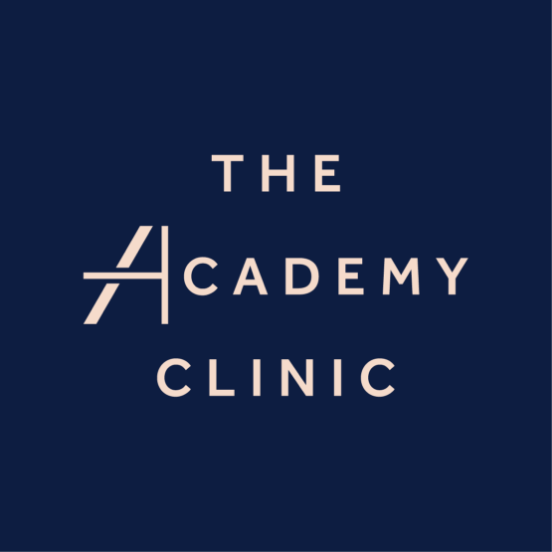

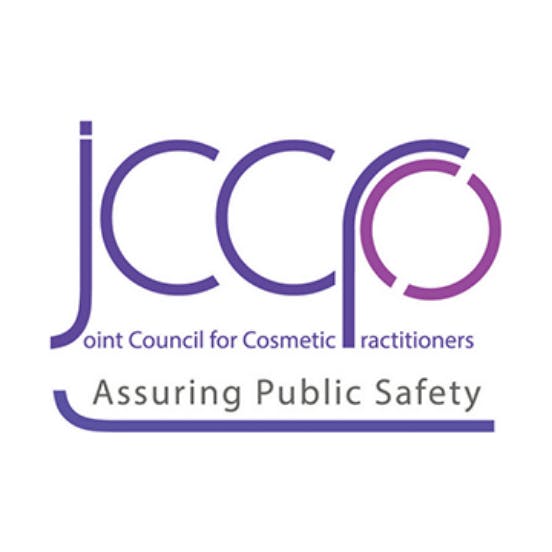
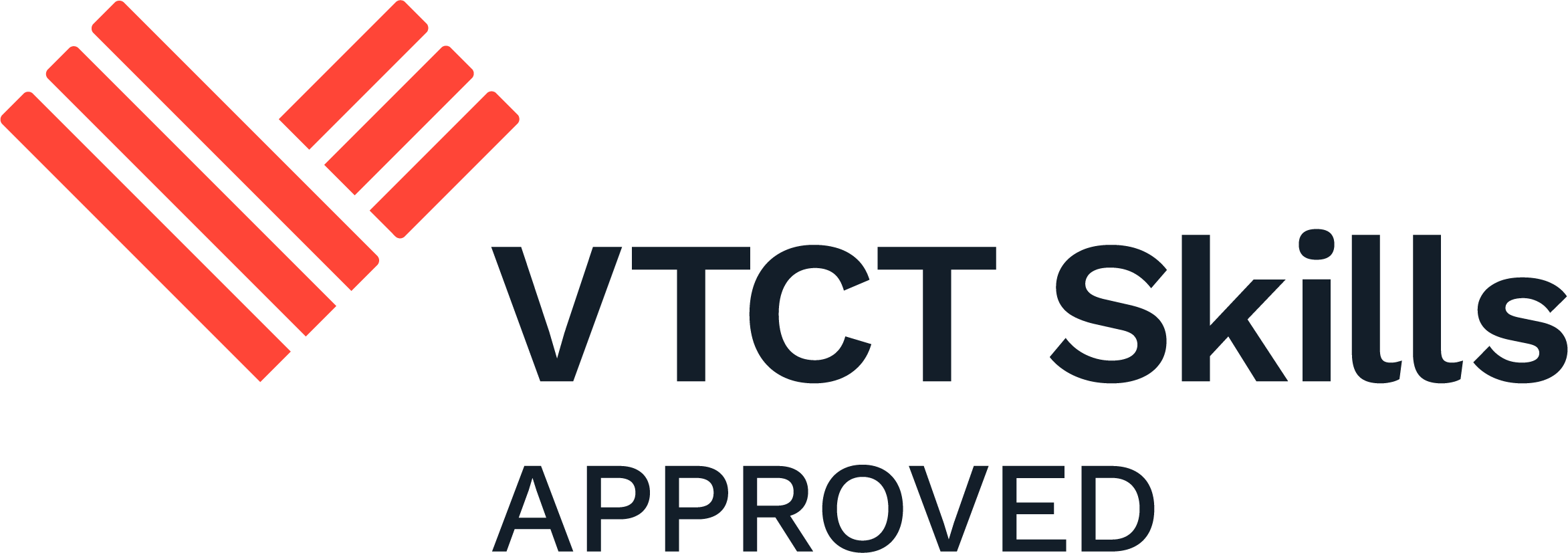

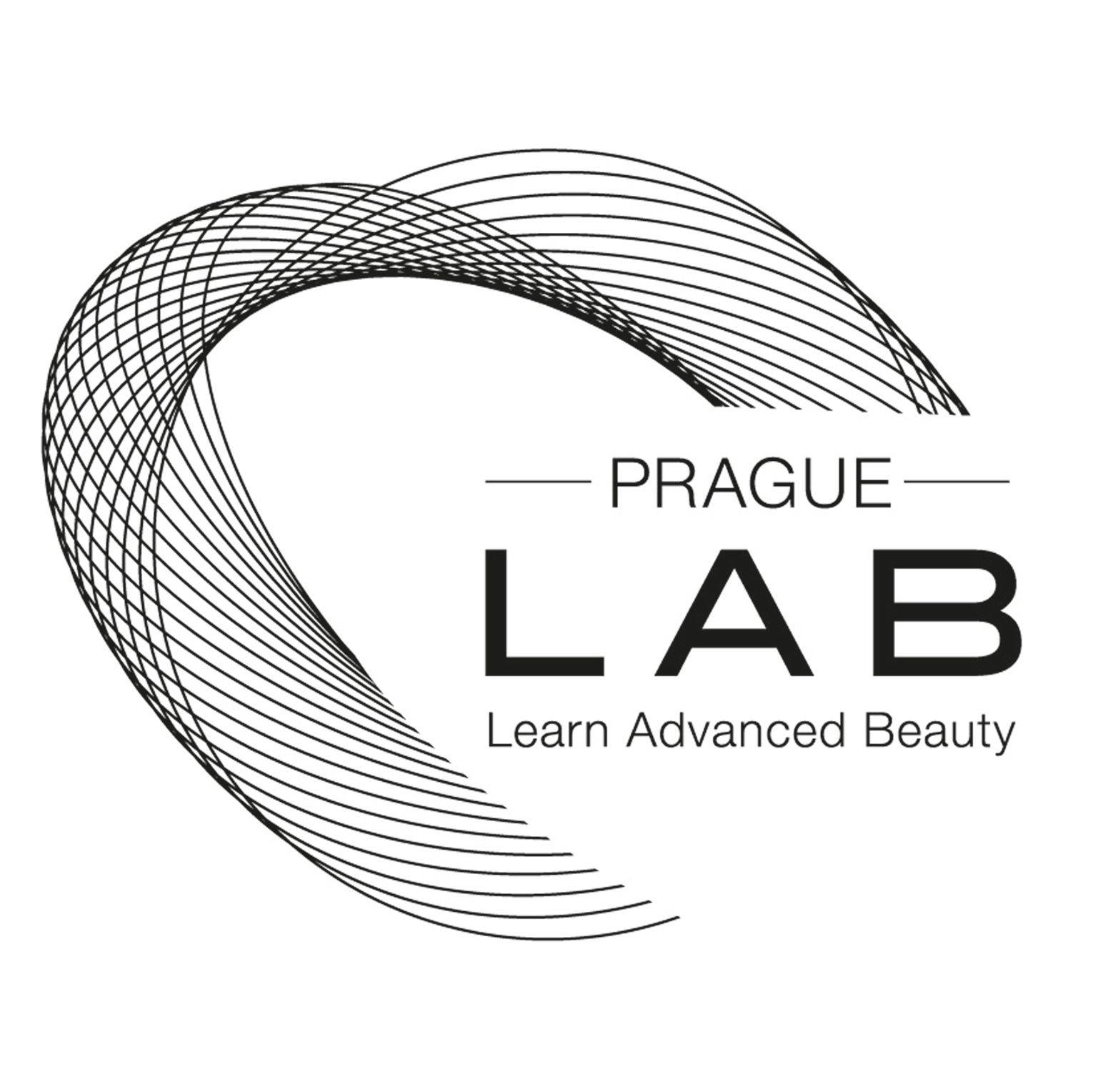

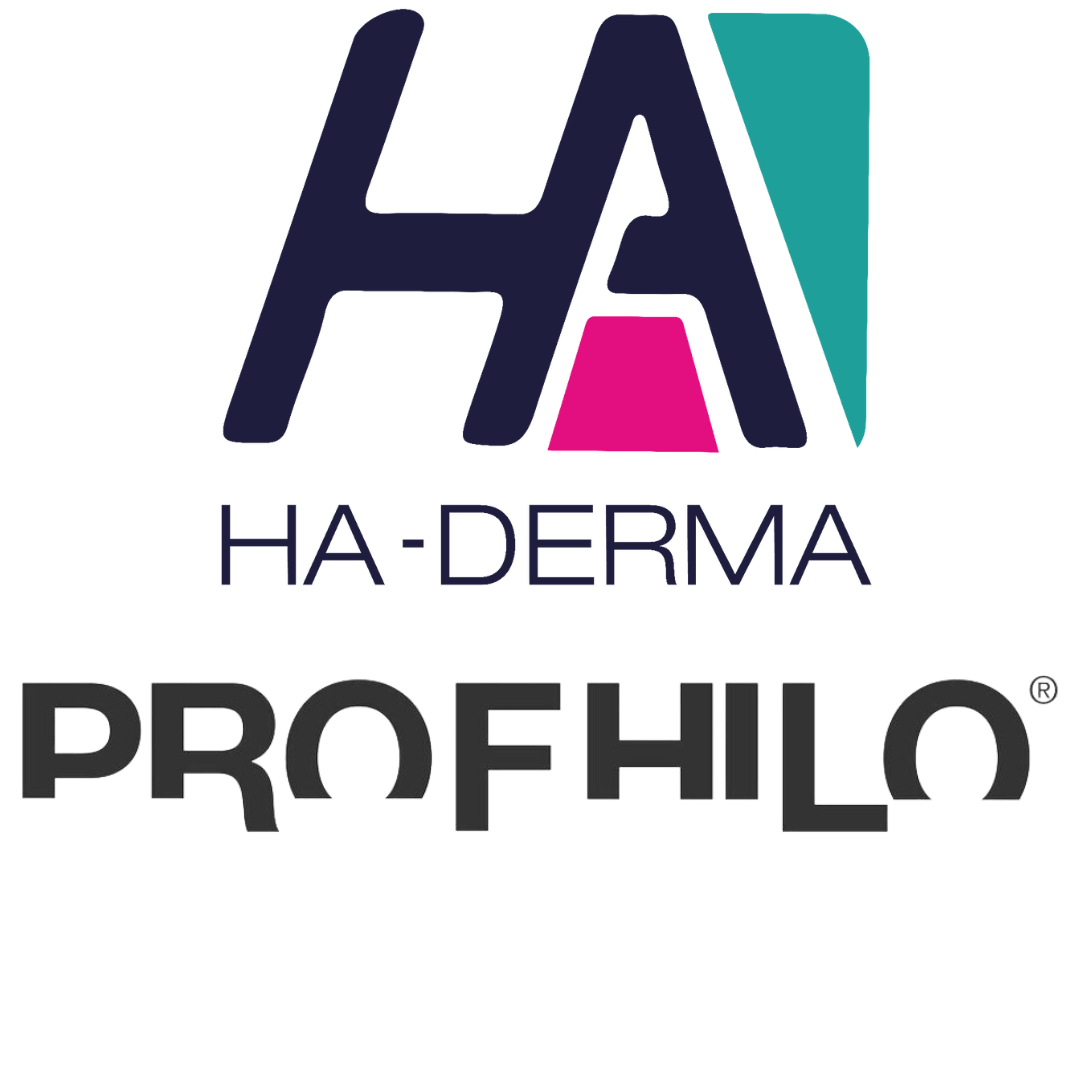
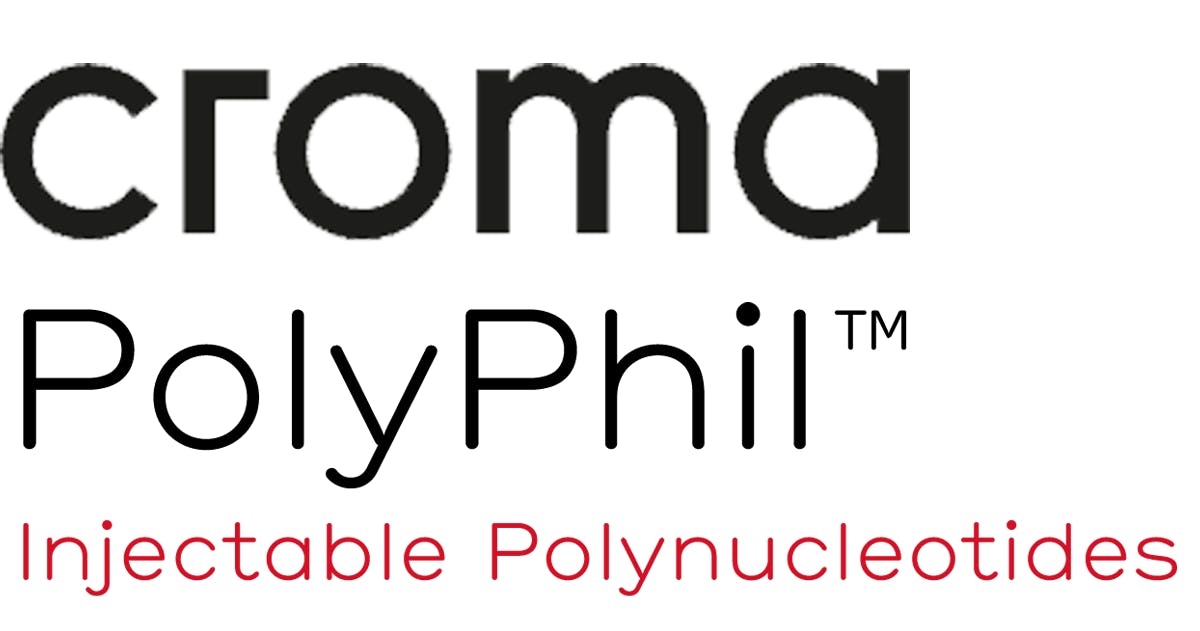

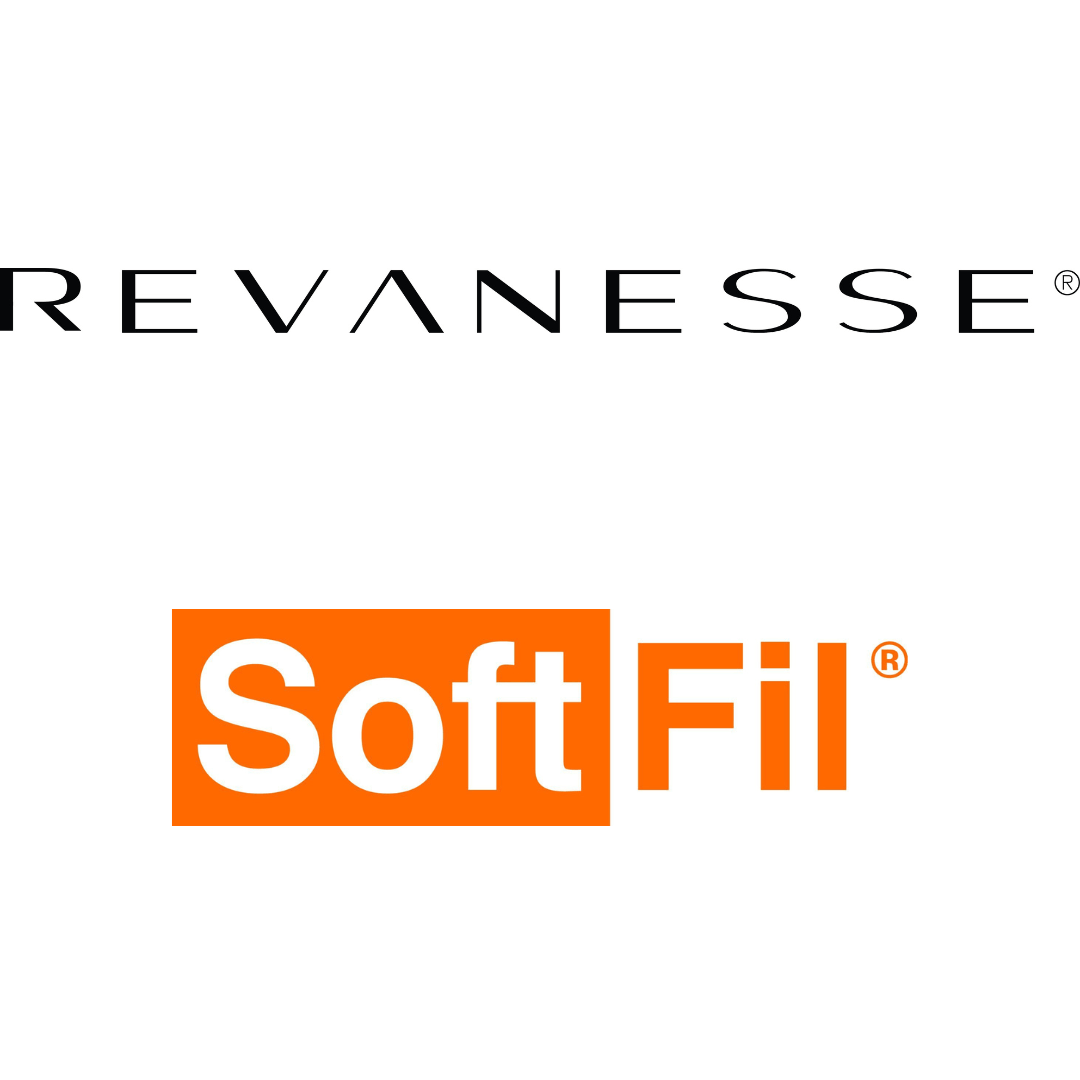
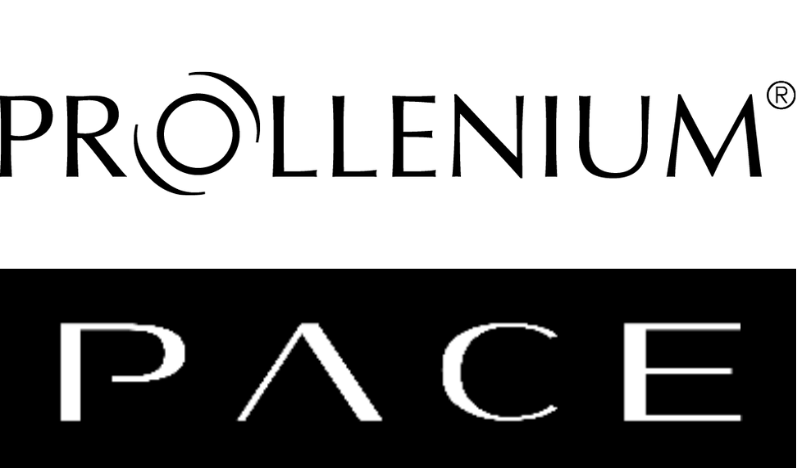
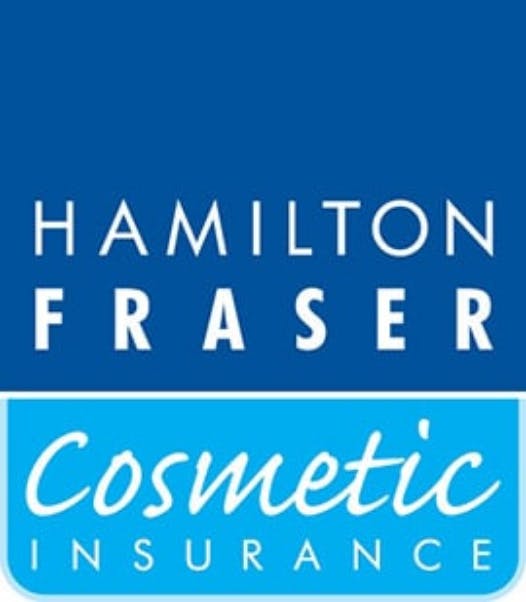
STAY INFORMED
Sign up to receive industry news, careers advice, special offers and information on Harley Academy courses and services

